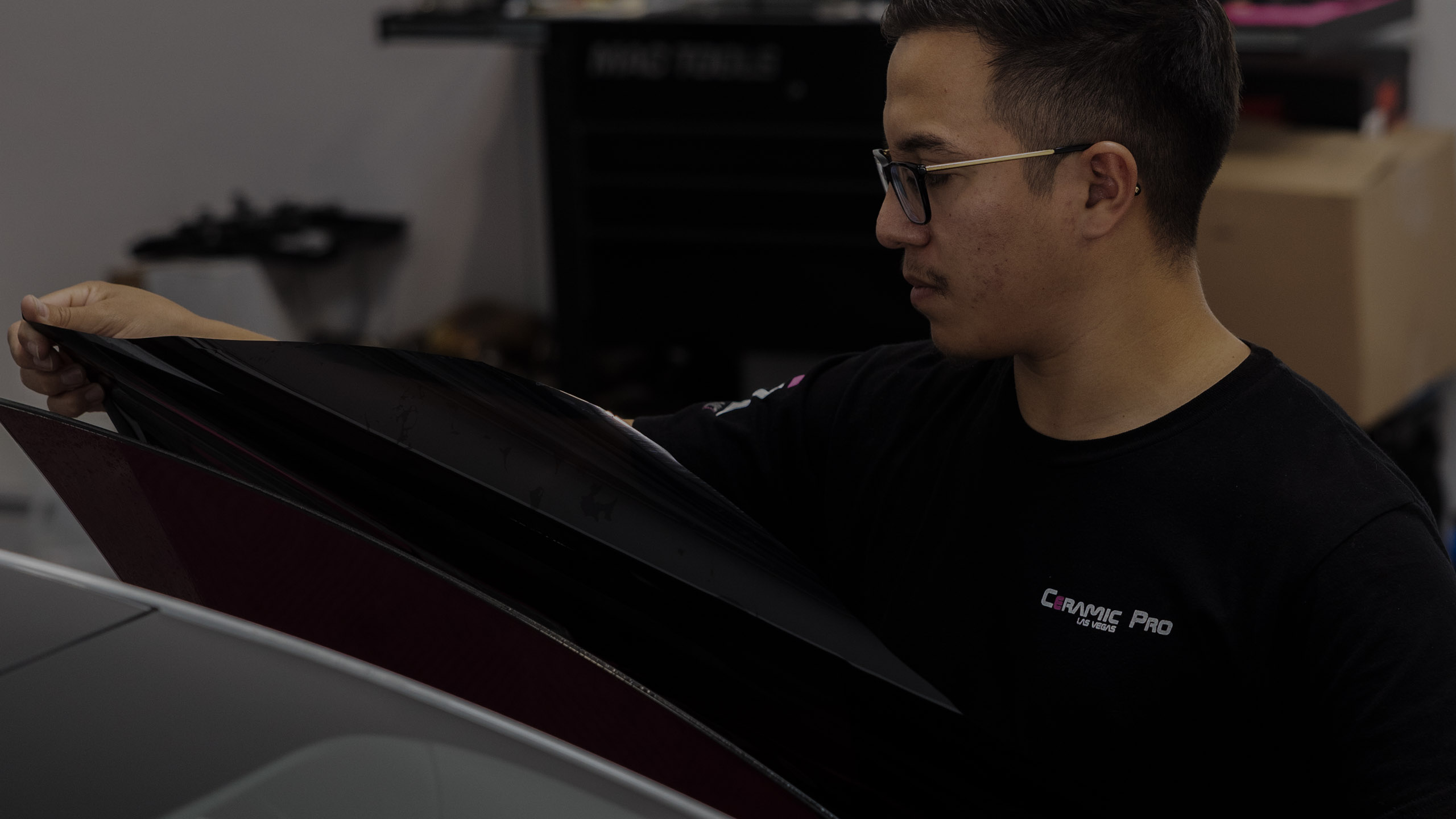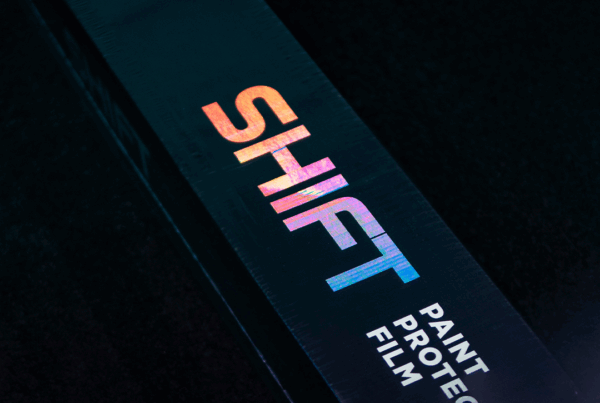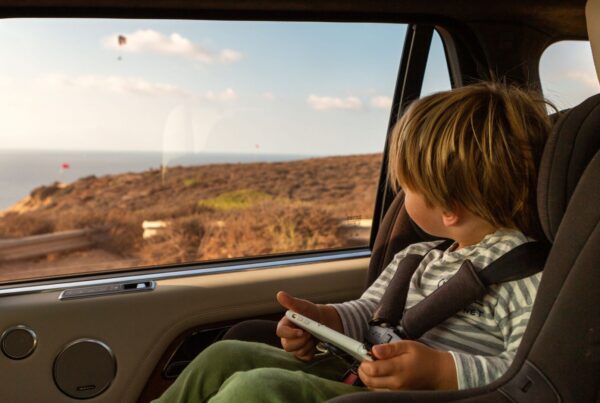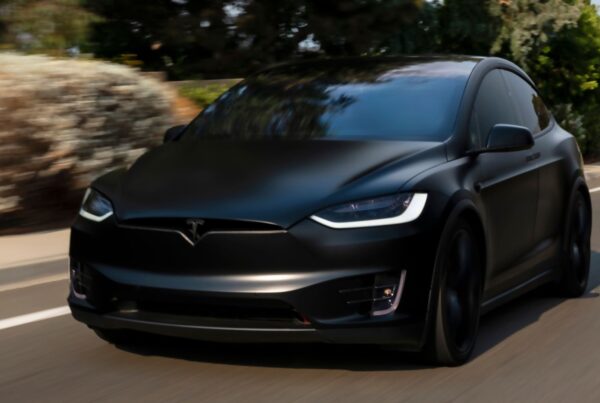If you’re a car owner or car enthusiast, then you’ve most likely thought about getting window tint as one of the first upgrades to your vehicle. With so many car window tint options available today, it can be challenging to find the perfect window tint for you. Should you go with ceramic tint, carbon color stable tint, or dyed window film for your vehicle? To make the best decision when looking for window tint, we must first look at the benefits and drawbacks of each type of window tint. Read on to learn more about ceramic tint, carbon color stable tint, and dyed tint, as well as the most important factors to consider when selecting your option.
What is Regular Window Tint?
The most basic tint available is dyed window film also known as regular tint. It’s exactly what it sounds like: a dyed film that darkens the shades of your car windows. This is one of the most widely available window tints; in fact, you’ve probably seen a couple of these films stocked at your local convenience store with acronyms such as VLT 5%, 25%, or even 50%. In its most basic form, VLT stands for Visible Light Transmission; these figures indicate how much light can be transmitted through various films, and it also determines how dark your window will appear after it has been applied. For example, a window with 70% VLT will appear very light, whereas a window with 5% VLT will appear very dark. The higher the number, the more see-through your film is, and the lower the number, the less see-through it is.
These terminologies may be difficult to grasp at first, but we have a fantastic window tint terminology blog that will help you understand everything you need to know about window tint terms. Click here to learn more about window tint terminology.
There are a few myths to avoid when it comes to window tint. Initially, it may appear that the darker the tint, the greater the protection. This isn’t entirely correct because dyed window films only helps by blocking UVA and UVB rays but not infrared radiation.
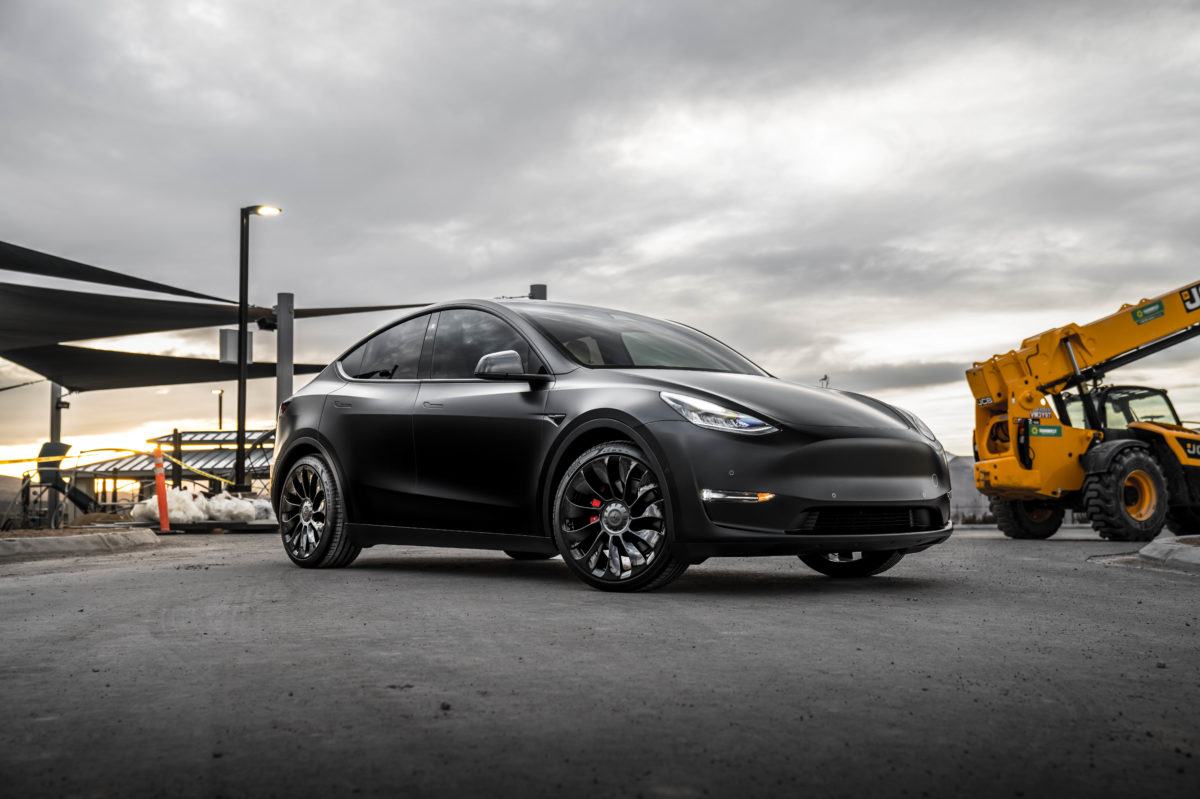
Another disadvantage of purchasing these basic dyed window tints is the film’s questionable longevity. Most dyed films will begin to fade and turn purple after being on the vehicle for an extended time, causing distortion and clarity issues when looking through your windows. If you hire a tint installer, they will most likely charge you the same amount for labor whether they are installing lower quality window tint films or higher quality tint films such as carbon color stable or ceramic window tint. This can become pricey over time due to the expense of replacements. If you want a long-lasting, higher-performance window tint, the extra price of ceramic window tint or carbon color stable window tint is definitely worth it more in the long term. In addition, when purchasing higher-quality options to standard window tint, most installers will include a lifetime warranty.
Although dyed window film has been available for some time, technological advancements have resulted in better options for higher-quality window tints. Carbon Color Stable Tint is the next best step if you’re looking for more practical and effective heat rejection characteristics that won’t fade.
What is Carbon Color Stable Tint?
If you’re looking for a tint that provides you with better heat rejection properties, then Carbon Color Stable tint is your next best option. Color Stable tint is thought to be a superior grade film in terms of heat rejection and protection compared to dyed window film. One of the most important characteristics of Carbon color stable tint is its resistance to sun fading and discoloration. KAVACA carbon color stable filters up to 70% of infrared heat while protecting you and your passenger from 99.9% of UV rays.
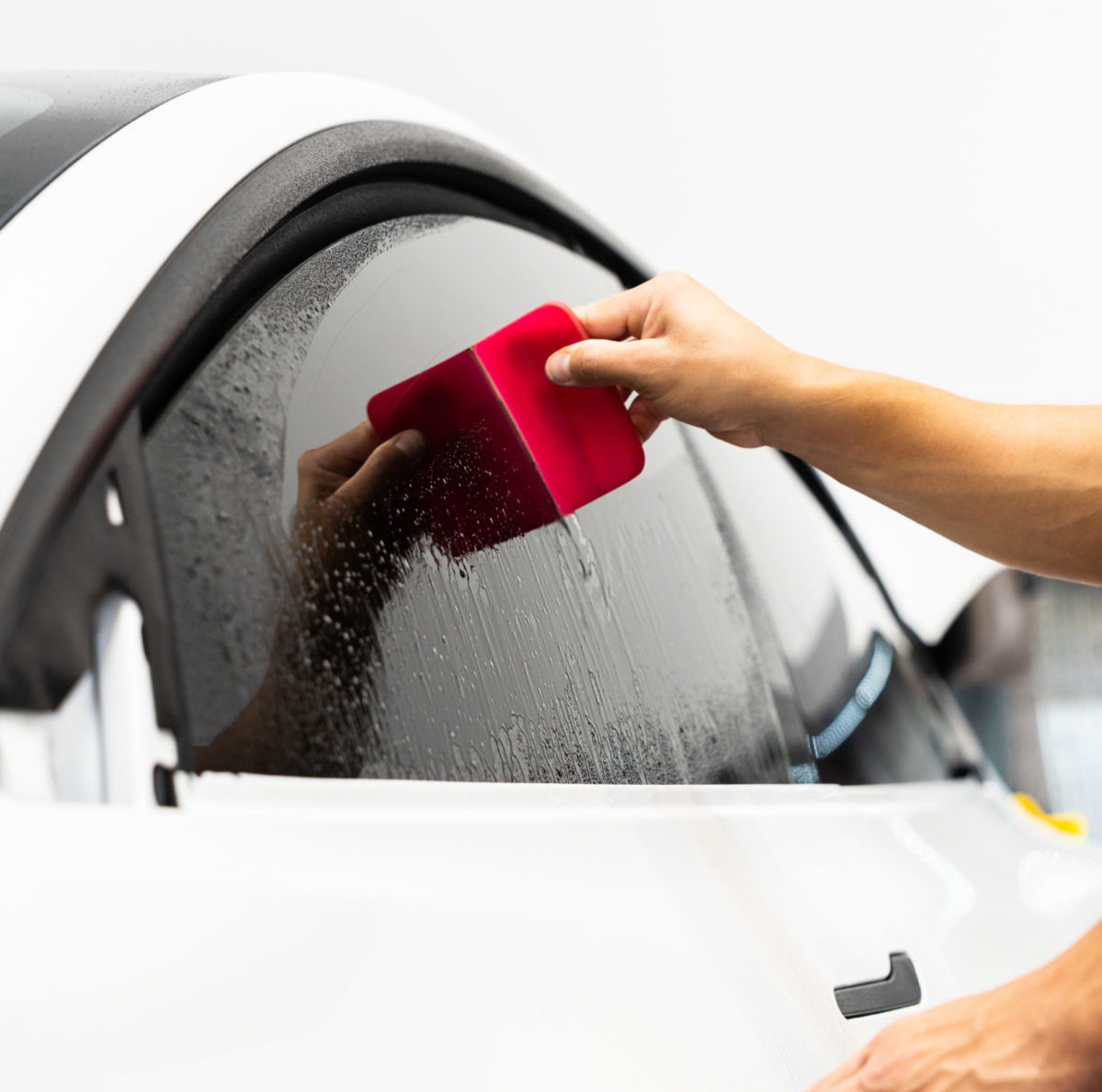
What is Ceramic Window Tint?
Ceramic tint has been a popular option for many vehicle owners, and for good reason. With numerous advantages over dyed window film, ceramic window tint is the best film available on the market today in terms of protection from harmful UV rays and heat reduction properties.
One of the primary benefits of a ceramic tint, such as KAVACA Ceramic IR, is its ability to block up to 99 % of cancer-causing UVA and UVB radiation while filtering 96% of infrared heat. Unlike dyed window film, ceramic window film contains ceramic particles that refract IR rays in different directions, preventing them from entering the car’s cabin. This difference is very noticeable, especially if you’re stuck in traffic on a hot, sunny day.
Another advantage of ceramic window tint over-dyed films is its more significant glare reduction. The sun’s blinding light can be dangerous when driving, causing vision impairment and, ultimately, accidents. You won’t have to worry about the sun’s ability to impair your driving ability with ceramic window tint. Think about it as sunglasses for your car.
Is Ceramic Window Tint Worth It?
Yes, it is. If you want high-quality, high-performance window tint, KAVACA ceramic tint is the way to go. It not only has the longest lifespan of any tint, but it also protects you and your passengers from everyday road hazards.
Whether you want to improve the look of your car or improve its cooling capabilities, KAVACA ceramic tint will provide your vehicle with the long-lasting durability and protection you’re looking for.
Click the button below to sign up for a FREE quote today!


